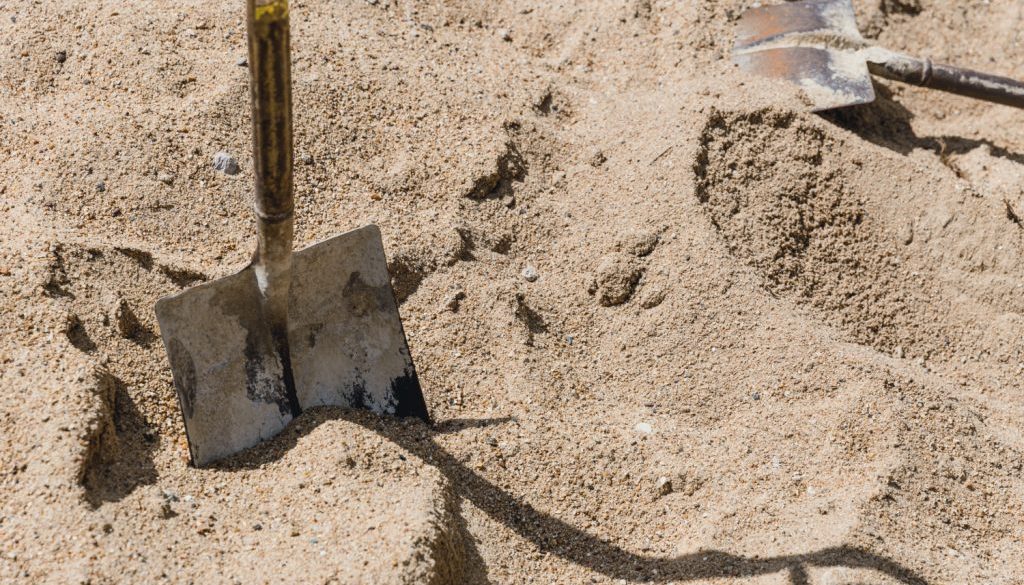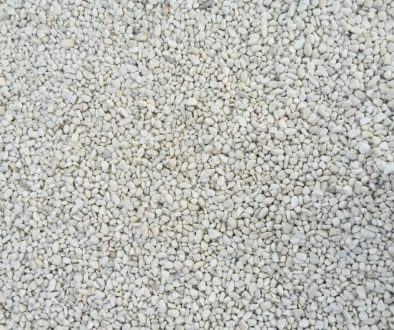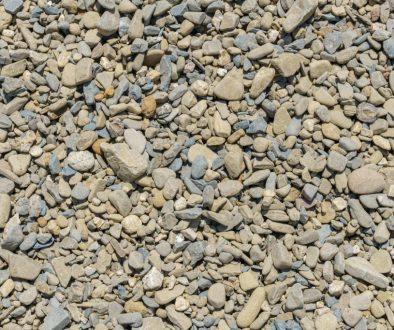Autumn is usually when we start to look at our outdoor spaces and think about what needs doing before winter arrives. Grass starts to slow down, the ground holds more water, and some gardens end up looking a bit tired. For many lawns, a good tidy-up now saves work later. One thing that’s getting more attention during this time is using builders sand for a lawn.
It might sound like an unusual fix, but more people are turning to builders sand during autumn for sorting out patchy spots, heavy soil, and drainage problems. It’s a simple material, but in the right situation, it can help a lawn recover and prepare for better growth when spring returns.
What Builders Sand Actually Does for Soil and Grass
Heavy, clay-based soil is common in parts of Cheshire and other areas nearby. This kind of soil holds water and can become compacted, especially after a few rainy weeks. Builders sand can help by loosening that packed soil.
• It separates sticky clay particles, giving roots more space to grow and letting air move around.
• Builders sand also helps water drain a bit better, so lawns don’t stay soggy for too long.
• It’s often used to level out uneven sections, creating a smoother surface that’s easier to mow and walk on.
When the weather turns cooler, lawns often don’t dry out as quickly as they do in summer. That means drainage problems start to show up more. In these cases, adding sand can stop puddles forming and keep surfaces usable. The end result feels a little firmer underfoot and helps the grass bounce back faster once the warmer months return.
Why Autumn Is the Ideal Time to Apply Builders Sand
Timing makes a big difference when using any kind of soil treatment. In autumn, things shift just enough to make it one of the better chances you’ll get all year.
• The sun is lower, so you’re not fighting heat that dries out the ground too quick.
• Autumn rain helps builders sand settle in gently without being washed away.
• Since grass is still growing a little, it’s easier for it to push through and start working with the added sand.
Now is the time when we shift from fast fixes to prep work. Making changes like this in late October or early November gives the lawn time to settle over winter. By spring, the roots have adjusted, and the surface is better shaped and more stable.
Common Jobs Where Builders Sand Fits Well
Autumn lawn work isn’t usually about a complete reset. It’s more about touch-ups and getting things steady. That’s where builders sand can make small jobs simpler.
• If you’ve got soggy patches where grass wears down easily, builders sand helps raise the ground a bit and dry out waterlogged spots.
• Uneven areas that mess with mowing can be filled and smoothed using a sand and soil mix, especially before throwing down new seed.
• Lawns that were worn down by foot traffic, pets, or kids over the summer can be patched and drained with a thin layer of sand.
These spot fixes don’t take over the whole garden, but they do make it easier for your lawn to survive the winter and come up stronger next year.
Tips for Handling Builders Sand in Wet Weather
Once the rain really sets in, storing and using sand needs a bit more care. It’s not just about having the right material. It’s about using it the right way.
• Save yourself headaches by keeping your builders sand under cover if possible. A simple sheet or tarp keeps it from turning into a heavy, soggy lump.
• Try to spread during dry spells, even short ones. Working on wet ground can press everything down too tightly, which is the opposite of what you’re aiming for.
• Avoid dumping it on too thick. A light coating worked into the surface has more effect than a heavy load that sits on top. And if you’re not sure the sand is suitable, double-check that you’re using the right type. Not all sand blends well into soil.
A bit of planning around the weather forecast helps a lot when the window for outdoor work is getting shorter and messier.
How to Tell If Builders Sand Is Right for Your Lawn
Not every lawn needs this fix, and sometimes, repeated layers of sand can go the wrong way. But for many gardens around Cheshire, a few signs point to builders sand as a good option.
• If water pools and stays in the same spots after every rain, sand might help those areas drain better.
• If you struggle with lumpy or bouncy turf that makes mowing tricky, levelling with sand can help smooth it out.
• If parts of the garden feel sticky or heavy underfoot, breaking up the clay with a bit of sand can give long-term relief.
You’ll want to hold off if the lawn is very sandy already, freshly turfed, or showing signs of stress. It’s worth talking to someone who understands grounds work if you’re not sure how to go about it. A proper look at the site and soil helps steer things in the right direction.
Smarter Lawn Care Through Better Autumn Choices
Builders sand for a lawn isn’t a new idea, but it’s becoming more common in local gardens that need small repairs before winter. With the ground still soft but not frozen and growth slowing down, autumn gives us the perfect chance to make lasting moves without rushing.
When it’s used well, builders sand adds structure, improves drainage, and balances out awkward dips across the grass. What we do now, in the middle of autumn, shapes the way things look and feel once the weather warms again. Some prep and the right material at the right time makes everything easier in the long run.
When it comes to groundwork across Staffordshire and nearby areas, we see the difference that seasonal timing and simple tools like sand can bring. Autumn is the moment to pay attention before winter turns the lawn into a cold, wet afterthought.
Using the right type of sand can make a real difference when you want to improve drainage or repair patchy areas on your lawn this autumn. At Enviro Skip Hire, we help customers across Cheshire select materials that suit their soil and the season. Whether you are patching up after a hot summer or preparing your garden before the first frost, we can advise on exactly what you need. To find out more about using builders sand for a lawn, contact us today.




